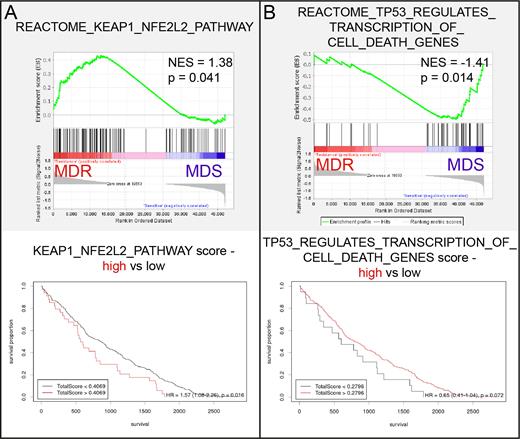Despite increasing number of new drugs, multiple myeloma (MM) remains a significant challenge in hematology. This problem primarily arises from the emergence of drug resistance, which could either result from pre-existing drug-resistant clones, or from the development of secondary genomic and phenotypic drug resistance features upon drug exposure. The use of primary MM patient-derived samples, while considered the gold standard in preclinical MM research, presents challenges due to notoriously low plasma cell yields and short ex vivo lifespan. Moreover, these cells often fail to survive cryopreservation, making them difficult to use in reproducible drug sensitivity screens. To address this issue, the MM research community has established numerous culture-adapted MM cell lines (HMCLs), representative of all cytogenetic MM subtypes and characterized by DNA and RNA sequencing. However, a comprehensive evaluation of their drug sensitivity has been lacking.
In this study, we sought to bridge this gap by profiling the sensitivity of over 30 HMCLs to both established and novel drugs relevant to MM treatment. We explored the transcriptomic and genomic features that correlate with drug sensitivity of these cell lines, and investigated whether these features were associated with the outcomes of patients enrolled in the MMRF CoMMpass study. Our initial results suggest potential pathways universally implicated in MM drug resistance, which could be targeted therapeutically.
We performed drug sensitivity screening in 96-well plates, testing established drugs such as proteasome inhibitors, immunomodulatory drugs, dexamethasone, and melphalan, alongside novel treatment modalities including the BCL2 inhibitor venetoclax, XPO1 inhibitor selinexor, and histone deacetylase inhibitor panobinostat. Optimal cell density and drug dilutions were ensured to capture the full spectrum of drug response. After 4 days of incubation, cell proliferation was measured using a metabolic MTS assay, and EC50 values were computed using four-parameter logistic regression. Genomic and transcriptomic data were obtained from HMCL66 dataset from the Keats laboratory.
Drug sensitivity was analyzed using a log-transformed EC50 matrix, which was used for unsupervised hierarchical clustering of cell lines, revealing two primary clusters: multi-drug resistant (MDR) and multi-drug sensitive (MDS) cell lines. Gene set enrichment analysis revealed that MDR cell lines showed positive enrichment for KEAP1/NFE2L2 (Figure 1A), UPR/PERK pathways, and type I interferon signaling. Negative enrichment in MDR cell lines was observed for TP53-regulated transcription of cell death genes, with the top leading edge genes being key apoptosis inducers such as BAX, BID, APAF1, and FAS. We used the obtained leading edge gene lists to assign respective pathway activation scores to the CoMMpass patients, based on their transcriptomic profile, using the ssGSEA singscore package. High activation score of KEAP1/NFE2L2 was associated with shorter overall survival (HR = 1.57, p = 0.016), irrespective of type of first-line therapy (Figure 1A).
Our study represents a significant milestone in characterizing the HMCL drug sensitivity landscape, suggesting that MDR cell lines inherently exhibit transcriptional features associated with high activity of the KEAP1/NFE2L2 and PERK pathways. These pathways have been previously associated with PI and IMiD resistance, but interestingly, our findings also link these signatures with the sensitivity to a variety of other anti-MM drugs. Conversely, MDS cell lines displayed enhanced basal activity of TP53-regulated pro-apoptotic genes, which might increase their apoptotic priming and consequently increase their susceptibility to drug-induced apoptosis. With the rapid evolution of protein-protein interaction inhibitors, future exploration of KEAP1-NRF2 or MDM2-TP53 interaction inhibitors could potentially enhance myeloma cell sensitivity. In the future, our team plans to expand the drug panel used in the screen and provide this enriched dataset as a public resource, thereby facilitating wider access and collaborative advancements in the field.
Study supported by National Science Centre Grants PRELUDIUM 2018/31/N/NZ5/03214, ETIUDA 2020/36/T/NZ5/00610 and Polish Stem Cell Bank ExCELLent grant.
Disclosures
Juszczyński:RYVU Therapeutics: Current equity holder in publicly-traded company, Honoraria, Membership on an entity's Board of Directors or advisory committees.


